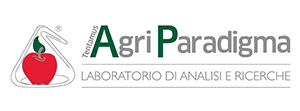There are two different forms of arsenic: organic and inorganic- and Columbia Labs tests for both. Inorganic arsenic is highly toxic and is therefore a public health concern; the organic form (commonly found in fish and seafood) is less harmful.
The main source of exposure to inorganic arsenic is food; particularly grain-based processed products such as wheat bread, rice, milk, dairy products, and drinking water.
Columbia’s Nutritional Testing team recommends measuring total arsenic first, then if the level exceeds or pushes the limit, follow up with the speciation analysis to determine if the inorganic arsenic is above or below their internal quality limits.
No limits are set in EU for food in general, but, a maximum level for arsenic in rice has been set by the UN food standards body, the Codex Alimentarius Commission, at 0.2 mg per kg.
The FDA has established an action level for inorganic arsenic in infant rice cereals of 100 μg/kg or 100 ppb. This limit is generally applied to food products as a recommended action limit for inorganic arsenic.
For more information about Arsenic Testing, and Inorganic Arsenic Speciation, please email: info@columbialaboratories.com
This related article in Spectroscopy magazine by Robert Thomas focuses on regulating heavy metals in baby food and highlights how the FDA got reprimanded by a Congressional Subcommittee for not adequately ensuring that baby foods were safe to eat.
Source: https://www.tentamus-web.com/columbia-en/metals-speciation-for-inorganic-arsenic/
